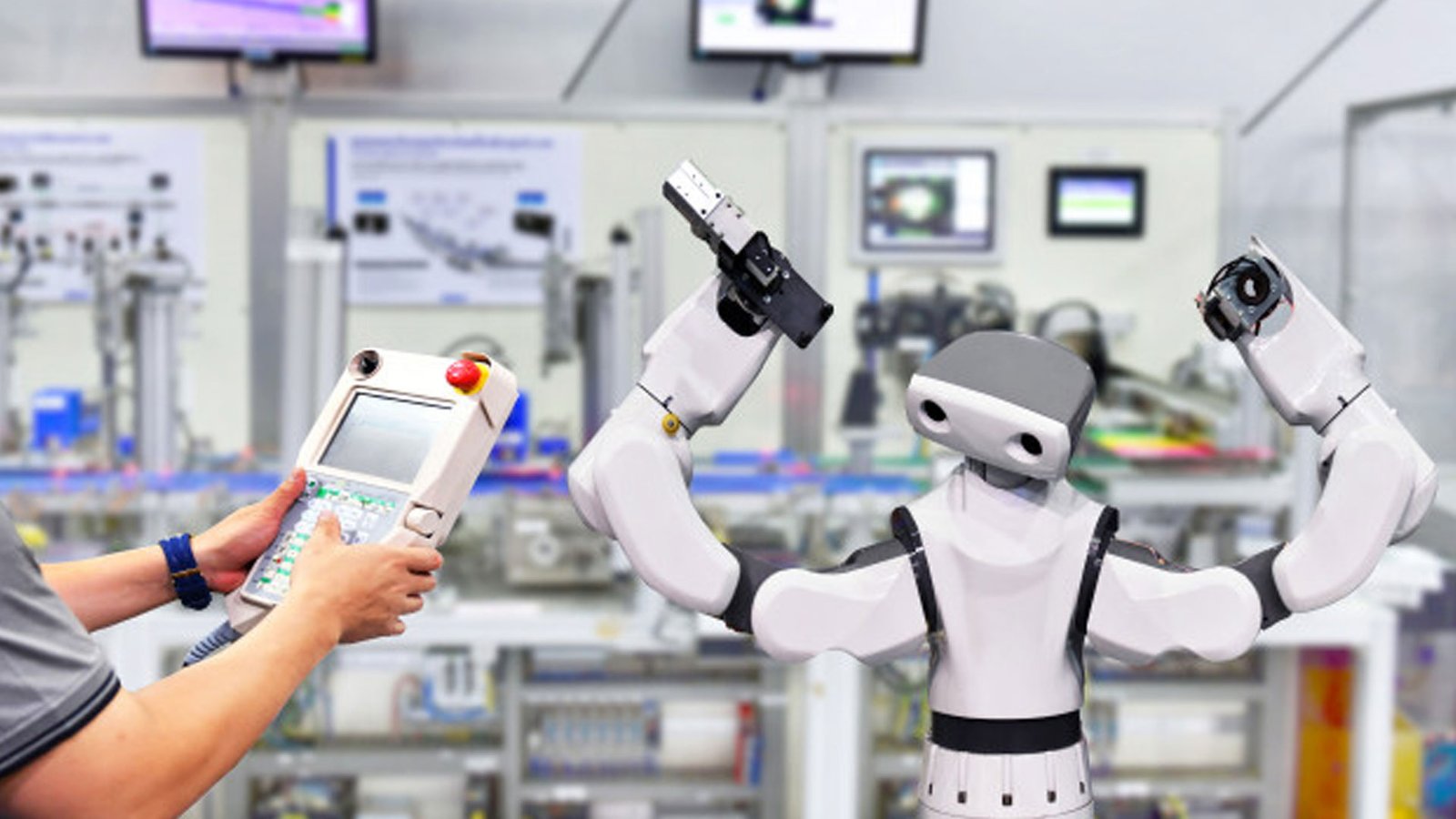COVID-19 hit the world like a truck but technology came to the rescue! And RPA is one such technology that helped combat several challenges faced during the pandemic!
We are all in this together! The world has just started getting back to normal, due to COVID-19, everything had stopped. The pandemic is going to have a long lasting impact on the business and the economy. Thought leaders think, it will surpass the impact caused by 2008 slowdown. Commodity prices have gone down to zero in global market. COVID-19 has reached to all facets of life, industries like healthcare, life sciences and the public sector – are finding new ways to defend against the spread of the virus and mitigate the impact which might have long term effects on businesses and the economy.
Automation provides tools and solutions to support our customers in navigating these unforeseen challenges.Technology has advanced with rapid pace after the SARS-Cov crisis to control the spread of such diseases. Not only in pharma or bio-pharma but other technology innovation has taken place to help prevent diseases.
How RPA in Retail Combatted COVID-19?
1. Speedy claims processing for small commercial business
One of the main advantages of RPA is, it reduces human errors because it works on set programs. It would be a relief on the human’s side as they no longer need to spend long hours correcting errors.
For Insurance industry, deploying bots has been a boon. During COVID-19 pandemic scenario, a lot of businesses customers had claimed and notified losses. Operation capacity constraint were running short on the manpower for back office operations. So to solve this 5 bots were assigned to reduce the overhead of claims adjudicators allowing back offices to focus on claim processing. Bots were developed and deployed in 40 hours to create a claim, generate and send the acknowledgment letter to the insured.
The bots started handling 200-250 transactions per day right at the peak of lockdown. So like this first level of queries were resolved and the first level of loss related transactions were handled by the bots for better customer satisfaction.

2. Automate COVID-19 test results
During COVID-19, at testing sites, test results need to be logged in to different systems to report to infection control and the IPC or the regional equivalent. Admin work keeps nurses busy, and it eats up to their more than 50% of the total time. And the process ends up becoming cumbersome.
During SARS outbreak, the bot was created, around in 2003. It requires the clinicians to log into the laboratory system, extract disease codes, then VPN into a .NET data platform and manually enter results into that software. But thanks to RPA this cumbersome process has become quite easy and less time consuming, so the clinicians and nurses can pay attention to other patients. Bots logs into the laboratory system, select the appropriate diseases code and input the test result. The data is filled in and processed in a fraction of the current time, by saving the infection control department almost 18-20 hours per week.

3. Tracking employee health for medical staff
Yes, the medical staff is also human they are also at the high risk of contagiousness of COVID-19, a close monitoring of the health status of the medical staff is also needed. The health systems keep a track of symptoms, disease stages and other data for the ones infected with the virus. The system keep a track of the healthy employees and ensure their safety as well. These reports are supposed to be filled in accurately and on time.
Thanks to the bot, it logs in the details about employees who have been infected with COVID-19, the ones – who should be isolated, and the ones who can continue in good health. And it will allow an efficient distribution of resources and timely help for both the medical-clinical staff as well as for the patients.
4. Managing business with Staff reductions
As we know, if we don’t get proper response from the company’s side, we won’t satisfied. And due to COVID-19, there was a quite amount of staff reductions in all the industries, as people started functioning from home, some of the employees caught the contagious virus – which apparently started creating delays in claim and payment processing. 60% of a large retail organization has been furloughed due to inactivity during the COVID-19 pandemic. The organization’s claims process is manual and the personnel assigned to the same are no longer available for execution. Finance and Revenue Cycle Management has completely stopped, and it started impacting the cash flow.
Multiple organizations started to use the automation to keep their claims process and Revenue Cycle Management running. With the knowledge of automation, the bots will take the details of a claim from the provided documents like spreadsheets and starts working on a status via a common exchange portal. And after tracking down the incomes and payments, and prioritizing the larger pending payments, the status gets updated.

